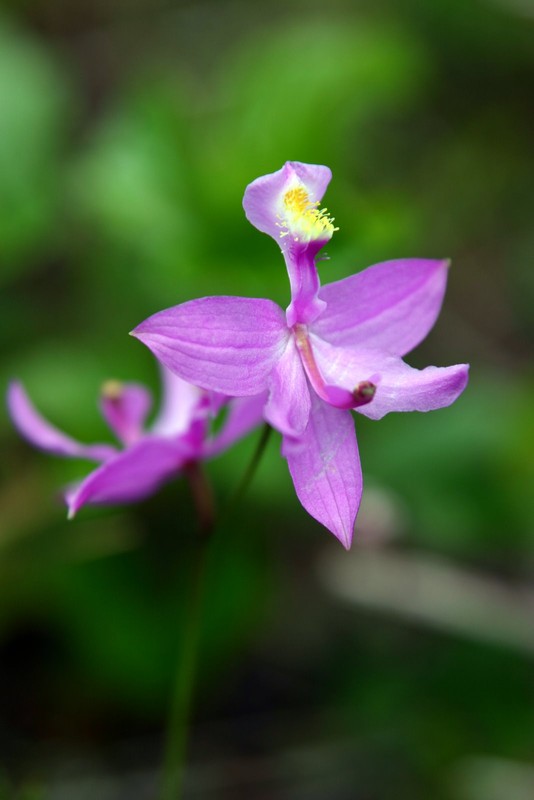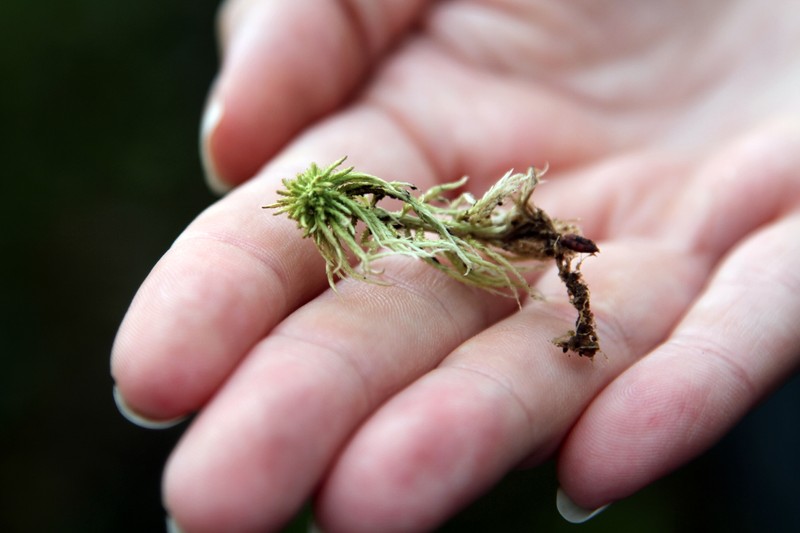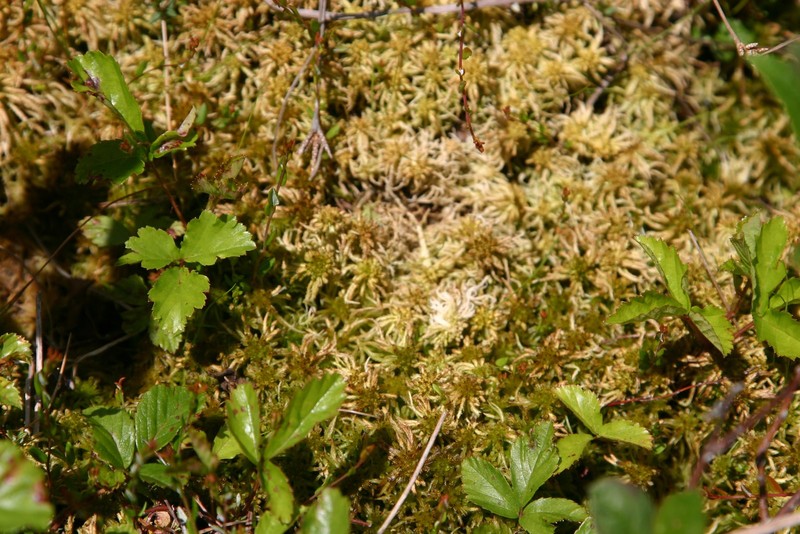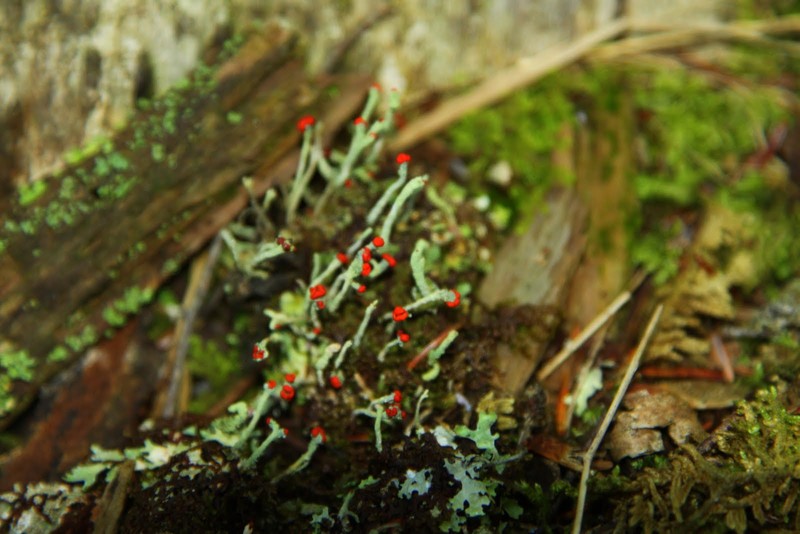Cranberry Glades Stop 5
Introduction
Author-Uploaded Audio
Listen to a narration of this entry's description by Clio Admin.
Text-to-speech Audio
Images
Open Bog Panorama

Grass Pink Orchid

Open bog

Sphagnum Moss

Sphagnum Moss

British soldiers lichen

Backstory and Context
Author-Uploaded Audio
Listen to a narration of this entry's description by Clio Admin.
Text-to-speech Audio
Visitors to Cranberry Glades in June or July will be treated to blooms on the pitcher plants which attract bees as pollinators. Since the flowers are perched well above the pitcher shaped leaves filled with digestive enzymes the pollinating bees are less likely to be killed by the plants. Look for a plant having a tubular green leaves with red veins.
Unlike the pitcher plants, sundews are very small and require a sharp eye to spot for the first time. Look among the patches of red sphagnum moss Sundews have a reddish hue with paddle shaped leaves covered with glandular hairs each with a tiny drop of sticky syrup at the tip. Each paddle is only about one centimeter in diameter so the sundews can be tricky to see at first.
